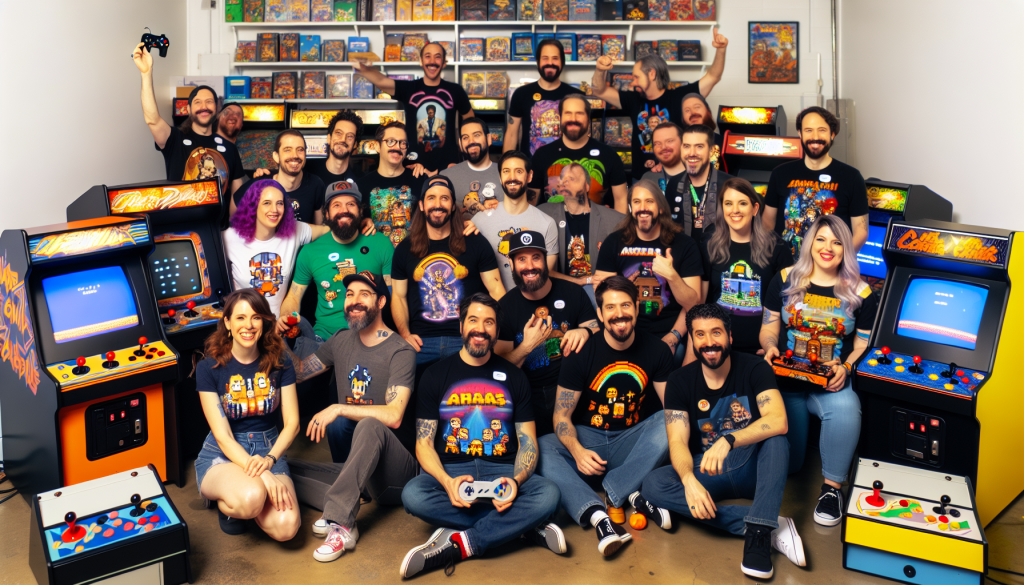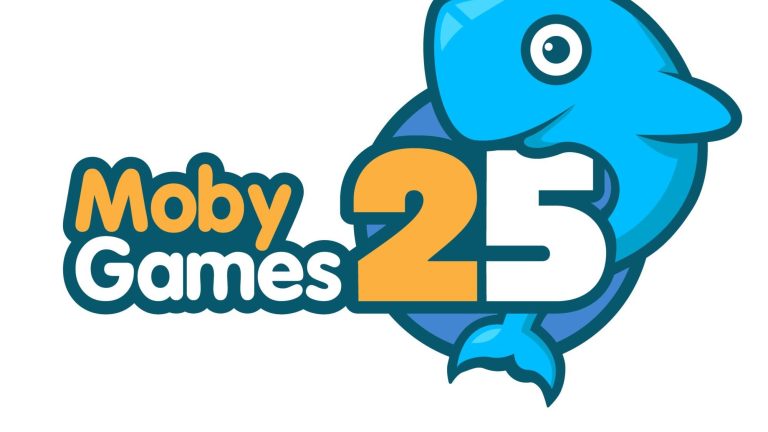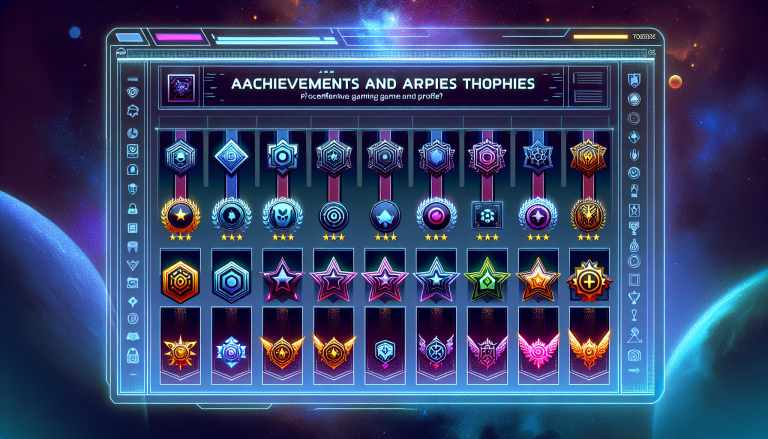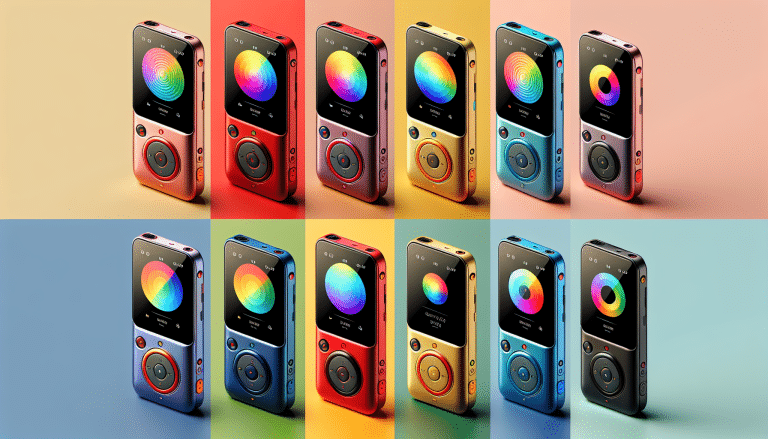Understanding the Power of Hashtags in Social Media Advertising
When it comes to social media advertising, one feature stands out above the rest: the humble hashtag. It’s a simple little thing, a mere concoction of letters and numbers preceded by a pound symbol. But don’t let its unassuming appearance fool you; the hashtag holds immense power in the realm of social media advertising.
So, what exactly is a hashtag, and why is it so crucial in the grand scheme of social media advertising? To put it simply, a hashtag is a keyword or phrase used to categorize posts, making them easily discoverable by users. When a user clicks on a hashtag, they’re taken to a page that aggregates all posts using that same hashtag. This makes hashtags a potent tool for brands to increase their reach and drum up engagement on their posts.
The Origins of the Hashtag
The use of the hashtag in social media was first pioneered by Twitter in 2007. Chris Messina, a social technology expert, proposed the use of the pound sign to categorize related tweets. Since then, the use of hashtags has spilled over into other social media platforms such as Instagram, LinkedIn, and Facebook, and has become a staple feature of social media communication.
The Hashtag’s Role in Social Media Advertising
In the world of advertising, the hashtag plays a significant role. It is, in essence, a powerful discovery tool. When used effectively, hashtags can expose your brand to large and relevant audiences. Beyond visibility, they also foster and nurture community engagement.
Consider this scenario: you’re a small business owner who’s just released a new line of eco-friendly products. By using related hashtags like #ecofriendly, #sustainable, or #greenliving, you increase the chances of eco-conscious consumers discovering your brand. At the same time, you’re encouraging discussion and interaction around these topics, creating a sense of community among like-minded individuals.
Hashtags and User-Generated Content
Apart from discovery and engagement, another key benefit of using hashtags in your social media advertising strategy is the promotion of user-generated content. By creating a unique, brand-specific hashtag and encouraging your followers to use it, you’re effectively outsourcing some of your content creation to your users. This not only diversifies your content but also increases engagement, as followers feel a sense of participation and ownership.
Remember that with great power comes great responsibility. While hashtags can indeed be a potent tool in your social media advertising arsenal, they need to be wielded with care. In the following sections, we will delve into the guidelines for effective use of hashtags and strategies for enhancing discoverability and engagement. Stay tuned!
Guidelines for Effective Use of Hashtags in Your Social Media Ads
Using hashtags effectively in your social media ads can greatly boost your brand’s visibility and engagement. However, it requires a careful strategy and deep understanding of your audience. Let’s dive into some actionable tips that can help you up your hashtag game.
1. Keep it Relevant and Specific
It’s crucial to ensure that your hashtags are relevant to your brand, product, or service. Use words or phrases that are specific and directly related to your ads. Remember, using generic hashtags like #love or #happy may get you a lot of views, but it’s unlikely to attract the right audience.
2. Do your Research
Before incorporating a hashtag into your advertisement, it’s vital to understand its popularity and usage. You don’t want to use a hashtag that’s already over-saturated, or worse, connected with negative content. Tools like Hashtagify can help you analyze the performance of specific hashtags.
3. Keep it Short and Memorable
Avoid using lengthy hashtags. Short, crisp, and easy-to-remember hashtags are more likely to catch on with your audience. Consider using alliteration or rhyming words to make them catchy and memorable. For example, Coca Cola’s use of #ShareACoke is a perfect example of an effective and memorable hashtag.
4. Use a Mix of Branded and Unbranded Hashtags
While branded hashtags are great for promoting your brand, unbranded hashtags can help you reach a wider audience. Consider using a mix of both in your social media ads. For instance, if you’re a coffee shop, you could use #YourBrandName and #CoffeeLovers in your ad.
5. Capitalize The First Letter Of Each Word
When using multiple words in a hashtag, capitalize the first letter of each word. This makes it easier to read and understand. For example, #LoveYourPetDay is easier to read than #loveyourpetday.
6. Test and Learn
Lastly, remember that the effectiveness of hashtags can differ by platform, audience, and even time of day. Make sure to monitor the performance of your hashtags and adjust your strategy as needed.
With these guidelines in place, you’re on the right track to making the most of hashtags in your social media advertising strategy. Good luck!
Strategies for Enhancing Discoverability and Engagement Through Hashtags
When it comes to social media advertising, one of the key factors that can significantly enhance your brand’s visibility and boost engagement is the effective use of hashtags. But, how can you leverage the power of hashtags to reach your targeted audience and make your content more discoverable? Here are some strategies:
1. Utilize Trending Hashtags
One of the most effective ways to make your content discoverable is to latch onto trending hashtags. These are the hashtags that are currently popular among users on a given social media platform. By incorporating these hashtags into your ad content, you can increase your chances of being discovered by users who are interested in these trends. But remember, it’s important to ensure that the trending hashtags you use are relevant to your brand and content.
2. Create Branded Hashtags
Another effective strategy is to create your own branded hashtags. These are unique hashtags specific to your brand, and can be as simple as your company name, tagline, or the name of one of your products. Branded hashtags can help consolidate all your social media activities under one searchable term, making it easier for users to find and engage with your content.
3. Use Hashtags Sparingly
A common mistake that many businesses make is oversaturating their content with hashtags. While it might seem like a good idea to use as many hashtags as possible to increase discoverability, this can actually detract from your message and look spammy. As a general rule, stick to 1-3 highly relevant hashtags per post.
4. Engage with Users Through Hashtags
Hashtags aren’t just about making your content discoverable – they’re also about fostering engagement. When users use your branded hashtags, make sure to engage with them. This could involve liking their posts, commenting, or even sharing their content. This not only makes your followers feel valued, but also encourages more people to use your hashtags.
5. Monitor Hashtag Performance
Finally, it’s important to monitor the performance of your hashtags. Most social media platforms provide analytics tools that allow you to see how often your hashtag has been used, the amount of engagement it’s received, and more. By tracking this information, you can make informed decisions about which hashtags are working best for your brand.
Remember, hashtags are a powerful tool in social media advertising, but just like any tool, they need to be used properly to yield optimal results. So, start implementing these strategies today, and watch your brand visibility and engagement soar!
Case Studies: Successful Hashtag Use in Social Media Advertising
Let’s dive into the world of successful businesses who’ve intelligently employed hashtags in their social media advertising. These case studies showcase the power of hashtag marketing in driving engagement and increasing brand visibility.
1. Coca-Cola: #ShareACoke
The #ShareACoke hashtag campaign is a brilliant example of how to humanize a brand and encourage consumer interaction. Coca-Cola swapped their traditional logo with popular names, inviting consumers to find bottles with names that held personal significance for them. This interactive campaign took social media by storm, creating a sense of personal connection with the brand, and dramatically boosting product sales. The hashtag #ShareACoke became a trending topic worldwide, demonstrating the power of hashtags in creating shareable, engaging content.
2. Airbnb: #WeAccept
Airbnb, a popular vacation rental marketplace, utilized hashtags to promote a powerful social message. In response to certain controversial political events, Airbnb launched a campaign promoting acceptance and inclusivity. Their #WeAccept campaign demonstrated that the company was more than just a service—it was a community that welcomed diversity. This campaign not only resonated with their audience but also sparked a global conversation, proving that hashtags can indeed be a powerful tool for conveying brand values.
3. Dove: #RealBeauty
Dove’s #RealBeauty campaign is another excellent example of how hashtags can promote brand values. By using the hashtag #RealBeauty, Dove initiated a conversation about body positivity and self-confidence. This campaign struck a chord with their audience, leading to increased engagement and brand loyalty. Dove demonstrated that hashtags aren’t just for promotion—they can also inspire and drive social change.
4. Charmin: #TweetFromTheSeat
Charmin, a brand of toilet paper, proved that even seemingly mundane products can create a buzz on social media with the right hashtag. Their #TweetFromTheSeat campaign encouraged users to tweet while using their product. This campaign not only made consumers laugh but also made the brand more relatable and engaging. It goes to show that with creativity, any brand can leverage hashtags to their advantage.
These case studies highlight the tremendous potential of hashtags in social media advertising. When used strategically, hashtags can create buzz, encourage consumer interaction, and convey brand values. So, be inspired and start harnessing the power of hashtags for your social media campaigns today!












